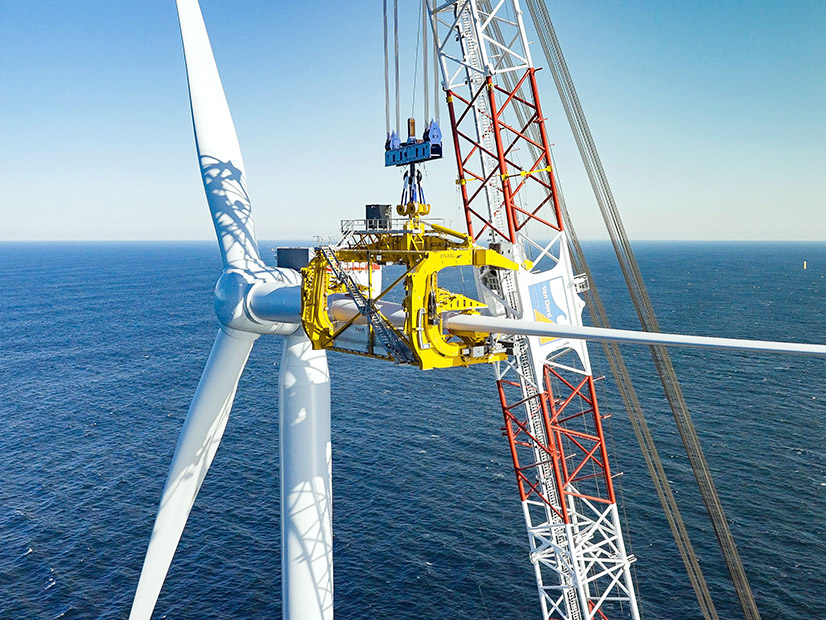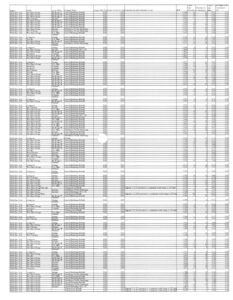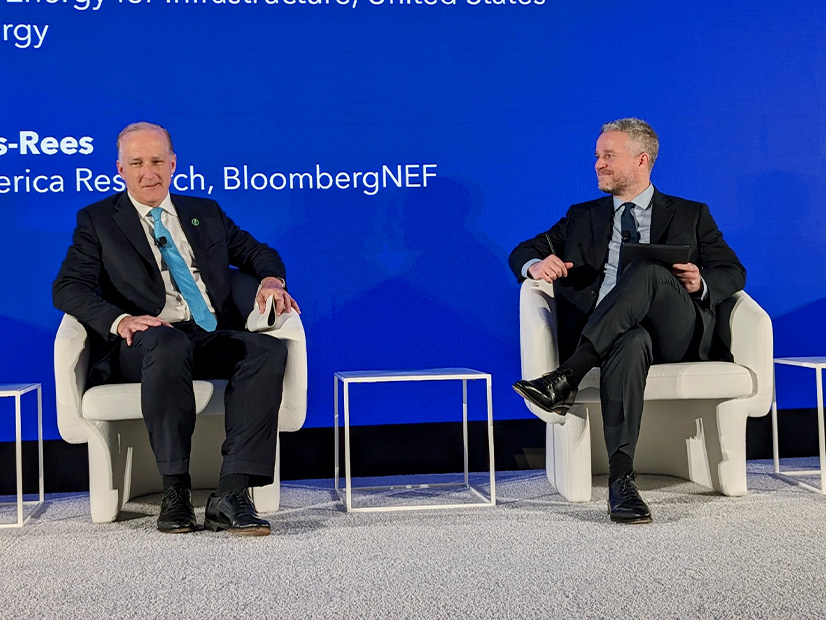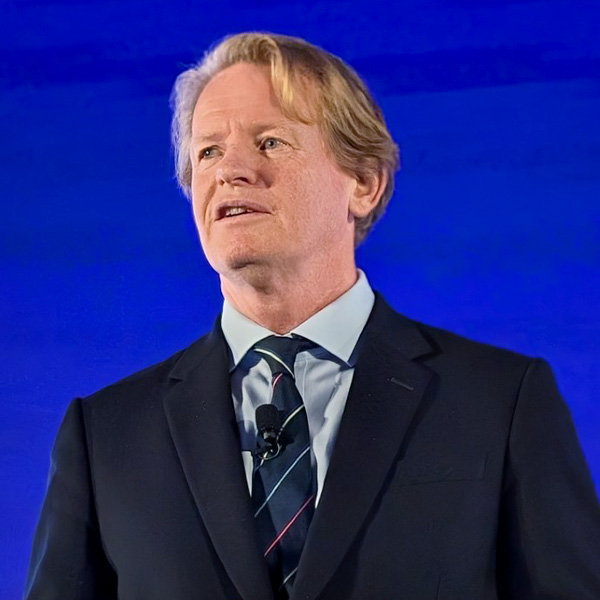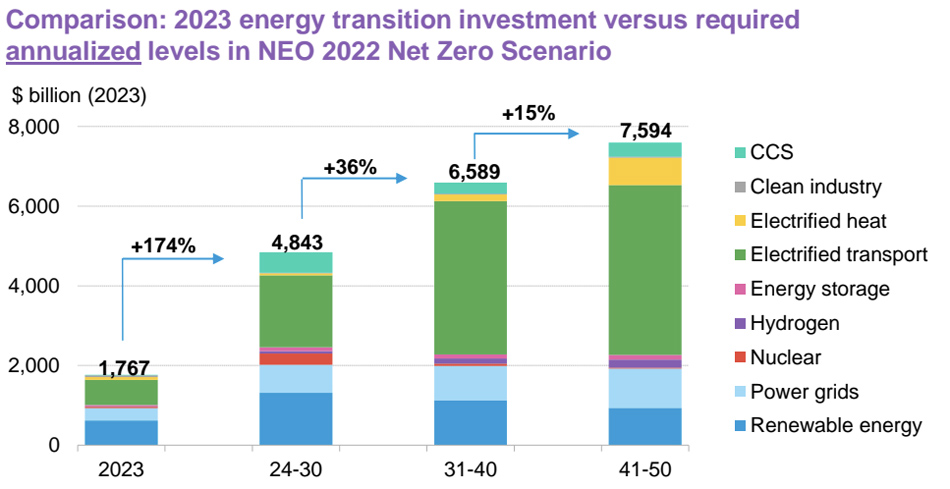New York’s offshore wind portfolio has collapsed, again. Three provisional contracts totaling 4 GW have been cancelled, wiping out a procurement 21 months in the making.
The offshore wind industry and its advocates say they view this as a temporary setback and will continue to push forward.
The New York State Energy Research and Development Authority (NYSERDA) announced April 19 the provisional contracts it awarded in its third offshore wind solicitation to Attentive Energy One, Community Offshore Wind and Excelsior Wind would not proceed.
All four contracts awarded in New York’s first and second solicitations — Beacon Wind, Empire Wind 1 and 2, and Sunrise Wind — also have been cancelled or are being cancelled.
Those four deals dated to 2019 and 2021. They were sunk by massive cost increases and supply chain constraints that developed after the terms were locked in, and by New York’s refusal in October 2023 to negotiate new terms on the grounds that doing so would undercut the competitive market. (See NY Rejects Inflation Adjustment for Renewable Projects.)
By contrast, the collapse of the third solicitation’s three provisional contracts is blamed on technical changes — notably, in the nameplate capacity of the turbines specified for the projects.
Some of the overarching problems that have dogged New York’s attempt to build an offshore wind industry have been addressed: The domestic supply chain and physical infrastructure needed to build offshore wind farms are slowly taking shape, and the provisional contracts in New York’s third and fourth solicitations carry much higher compensation for developers.
Given this, the offshore wind industry is putting the best face on this latest cancellation in a state that is one of the strongest champions of offshore wind development.
Will Brunelle, spokesperson for Community, said: “We look forward to evaluating upcoming solicitations in New York and to working with the state as it pursues its clean energy goals. As we move forward, a strong, local supply chain consisting of reliable partners will be vital to the success of the New York offshore wind industry.”
Andrew Doba, spokesperson for Excelsior developer Vineyard Offshore, said: “While this latest development is unfortunate, Vineyard Offshore looks forward to working with the [Gov. Kathy] Hochul administration and NYSERDA to advance the next solicitation process in New York. Together, we can deliver critical carbon reduction benefits, improve public health, and bring significant local investments and job creation to the Empire State.”
Missing Pieces
New York’s offshore wind contracts entail billions of dollars spread across a small army of contractors, subcontractors and suppliers, with baked-in ancillary goals such as workforce and supply chain development, environmental justice, and community benefits.
In its April 19 announcement, NYSERDA indicated that too many pieces of the puzzle began to change for the contract awardees and their partners to finalize the agreements.
NYSERDA singled out as a key factor the decision by GE Vernova to halt development of an 18-MW variant of its Haliade-X turbine.
Excelsior and Community expressed displeasure with GE Vernova.
“NYSERDA’s decision is warranted given GE Vernova’s failure to follow through on their commitment to deliver an 18-MW machine,” Doba said.
“Our commitment to offshore wind in the region is unchanged,” Brunelle said. “While we are disappointed that the wind turbine manufacturer was unable to fulfill its commitments and enable our provisional contract award to move forward, we believe in the fundamentals of the U.S. offshore wind market.”
GE Vernova will see a ripple effect from the contract cancellations: New York had committed to $300 million in subsidies for the company and subsidiary LM Wind Power to build two factories — one for offshore wind turbine nacelles, one for blades — along the Hudson River near Albany. That money instead will support offshore wind supply chain development in future solicitations, NYSERDA said.
Bigger Not Always Better
GE Vernova’s website indicates the Haliade-X is rated at 12-14.7 MW.
NYSERDA indicated the company was proposing to supply 15.5- to 16.5-MW variants for the New York projects that held provisional contracts, rather than the 18-MW version originally specified.
GE Vernova did not return a request for clarification for this story.
At GE’s 2023 Investor Day event, before the spinoff of General Electric’s power businesses as GE Vernova, an executive said the company was getting good industry feedback on a potential 17- to 18-MW variant of the Haliade-X.
A year later, the word “offshore” appears 42 times in a transcript of GE Vernova’s 2024 Investor Day conference call, often in the context of reversing its offshore wind business’ financial performance. At one point, an executive says the 14-GW Haliade-X is the workhorse that “positions us well to win.”
But there are zero references to a larger Haliade-X.
Shifting a 1,400-MW project from 18-MW to 16-MW turbines could boost its cost noticeably, requiring 13% more turbines and foundations and more time onsite for installation vessels that are exorbitantly expensive to charter.
The push for bigger turbines has been underway for years. The dozen turbines powering the nation’s first commercial offshore wind farm — New York’s South Fork Wind, completed last month — are rated at just 11 MW.
More power per tower is a lucrative prospect for developers but can carry significant hidden costs:
Manufacturers planning ever-larger models can get locked into an unending R&D cycle, creating quality-control risks; manufacturing facilities and installation equipment designed for a particular size of tower and blade may not be able to handle larger equipment; investing hundreds of millions of dollars for larger equipment comes with the risk that it, too, soon will become obsolete as customers clamor for even larger models; repairs are more difficult and costly to perform on the largest machines. (See Big Offshore Wind Plans Face Multiple Major Obstacles.)
Positive Developments
Despite this latest development, there are positive signs in New York’s offshore wind sector:
-
- South Fork is online and provides emissions-free electricity. (See First Large US Offshore Wind Farm Complete.)
- Empire and Sunrise won provisional contract awards in February after they rebid into the fourth solicitation, and they both are close to construction-ready after years in development. (See Sunrise Wind, Empire Wind Tapped for new OSW Contracts.)
- Community Offshore Wind 2 was waitlisted in the fourth solicitation — neither approved nor rejected as the state focused on the two mature projects.
- State leadership remains firmly committed in word and deed to developing offshore wind as a source of clean energy and economic activity.
- Equinor began work in early April on an offshore wind operations terminal in Brooklyn.
- A wind tower factory originally planned for the Port of Albany has been cancelled due to delays and cost overruns, but Equinor and the port are pushing ahead with site preparation for an as-yet undetermined offshore wind manufacturing facility.
The Albany project is a microcosm of offshore wind development in New York, encountering multiple setbacks and pushing through them.
Port of Albany CEO Richard Henrick told NetZero Insider via email:
“The project is proceeding in a phased-approach to pad-ready status, to best position progress in preparation for offshore wind manufacturing on the Hudson River. This site is fully permitted and the most advanced site suitable for offshore wind manufacturing in the Northeast U.S. We are confident that it will be instrumental in fulfilling a domestic offshore wind supply chain in the United States.”
Latest Setback
The April 19 announcement was the second major collapse of New York’s offshore wind pipeline in six months. After the first, Gov. Hochul (D) and NYSERDA scrambled to get renewable energy development back on track, both offshore and on land.
This effort continues and the next steps will be announced soon, NYSERDA said April 19: “Amidst the evolving challenges faced by the offshore wind industry, NYSERDA is continuing to take proactive measures to respond to and address these issues head-on.”
Fred Zalcman, director of The New York Offshore Wind Alliance, said:
“We are disappointed with today’s news, but it is not surprising given GE’s recent reversal of its plans to make the new 18 MW wind turbines. That decision led to additional permitting challenges and costs for these planned New York offshore wind projects.
“This proves it is not easy to build an entirely new U.S.-based heavy industry, but we are confident that projects will continue to be planned, developed, permitted, and built off the shores of New York. Private industry remains committed to working with NYSERDA and other government partners to reassert New York’s leadership in the offshore wind space.
“There may be more setbacks in the future, but they will be far outpaced by the number of milestones for this industry.”
National trade group Oceantic Network directly blamed GE Vernova for the development.
CEO Liz Burdock said: “We are confident New York’s leadership will take the action necessary to maintain their market’s trajectory. The state has already shown its ability and willingness to move swiftly to secure projects on their timelines, and we fully expect the state will continue taking bold action in service of their 9 GW deployment goal.
“The U.S. market has been steadily building momentum, and while today’s announcement is disappointing, it is not unexpected and will not impact the market’s overall fundamentals.”
Advanced Energy United said:
“While project delay announcements aren’t welcome in any industry, and the offshore wind industry is no different, we view this as a minor detour on New York’s path toward a vibrant offshore wind energy future.
“When a building construction project doesn’t move forward, we don’t treat it as an indictment of the building construction industry, and it should be the same for offshore wind. This type of setback is very typical for construction projects of this size, particularly with the lasting impacts the pandemic had on supply chains, financing, and leasing.”
